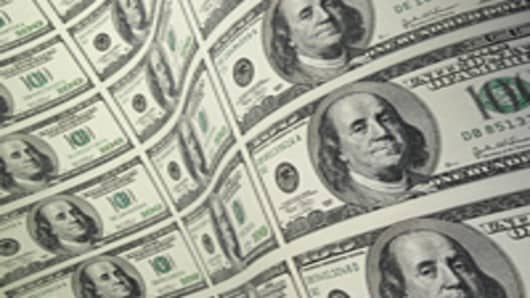An important article by Vijay Boyapati published in Libertarian Papers last year, however, argues that things have changed. The politicians no longer control monetary policy—the bankers do.
Boyapati is not some crony for the Federal Reserve. He is a former Google engineer who started Operation Live Free or Die in 2007, a grassroots organization to help Ron Paul's 2008 presidential campaign.
Since 2009 he has devoted himself to studying the Austrian School of Economics.
Here’s how he explains the difference in the monetary policy favored by bankers and that favored by politicians.
The key difference between the motivation of the banking class and the political class, which is hinted at by Rothbard, is that the former prefers a monetary policy that allows them to profit from the economic activity of the population in a subtle and insidious manner. A policy of open inflation conducted by the political class is the path to hyperinflation, the breakdown of the division of labor, and the destruction of the monetary system itself.
Unlike the political class, the banking class is savvy enough to recognize policies that will lead to mass inflation and the death of the monetary system from which it parasitically profits.
In the paper, which you can read in full here, he explains the result of this difference.
While the Federal Reserve has the theoretical power to force the resumption in credit expansion by monetizing enough public debt that the losses from the housing bust were wiped away, it is unlikely to do so. The Fed was created for the benefit of the banking class and while it remains under the control of that class it will not pursue a policy that would lead to a breakdown in the monetary system from which the banking class profits.
However, the Fed is also unlikely to allow an untrammeled deflation to run its full course, given the risk of political unrest that might arise. Therefore, the Federal Reserve’s most likely course of action is to keep the mortgage market, in which most of the losses are concentrated, in a sort of stasis, where losses are acknowledged slowly over time. Such a policy, which might well be called “controlled deflation,” would lead to a prolonged period of high unemployment and slow growth, as capital was only slowly reallocated to satisfy consumer preferences. Further, the insufficient or barely sufficient creation of new credit to make up for debt paid down, or defaulted on, would cause a low growth in aggregate prices, which might occasionally become negative. Not until the losses of the housing boom are fully cleared—which might takes years under a policy of controlled deflation—should we expect an inflationary credit expansion and a significant rise in prices.
In other words, people betting that we’re in for hyperinflation—or even just non-hyper, but elevated inflation—are probably wrong. They just don’t understand the power dynamics behind our monetary regime.
__________________________________________
Questions? Comments? Email us atNetNet@cnbc.com
Follow John on Twitter @ twitter.com/Carney
Follow NetNet on Twitter @ twitter.com/CNBCnetnet
Facebook us @ www.facebook.com/NetNetCNBC



